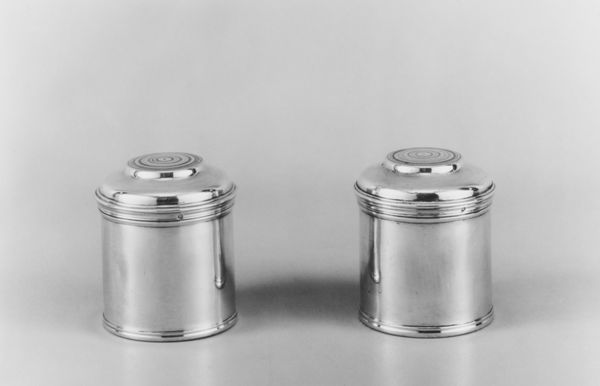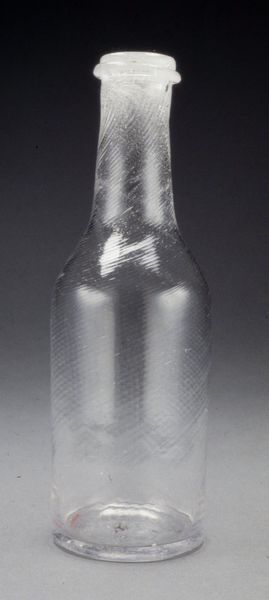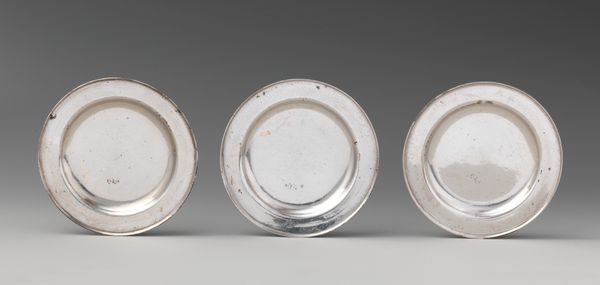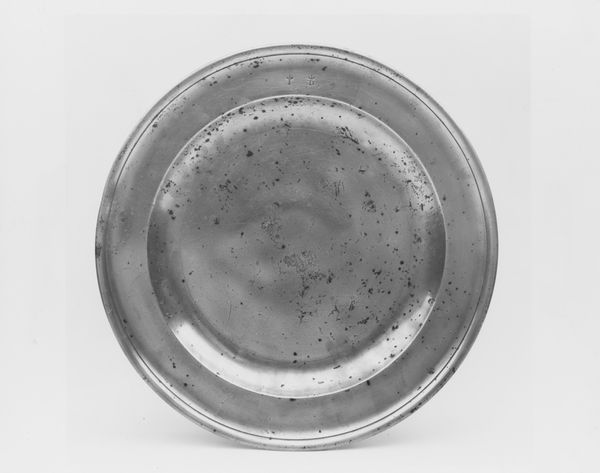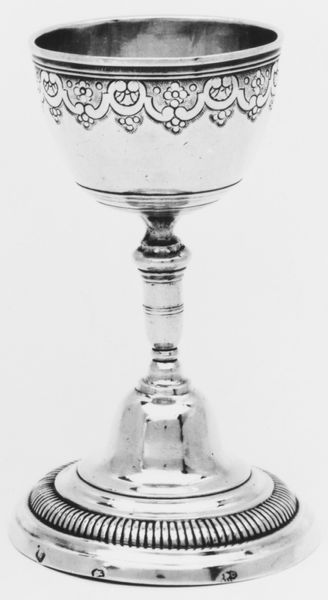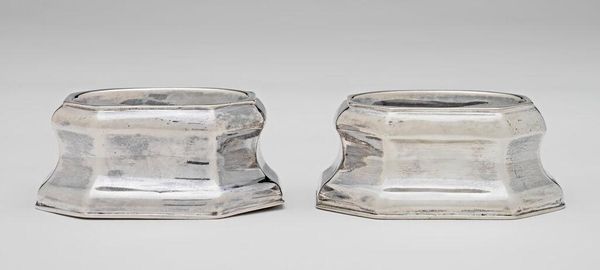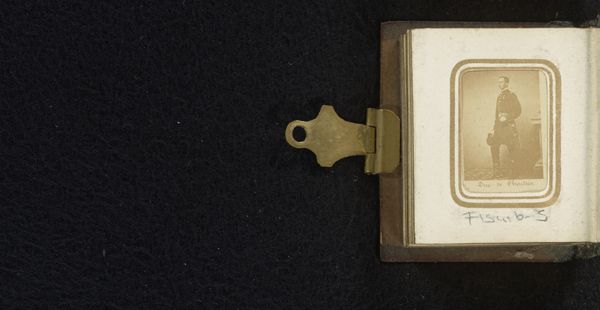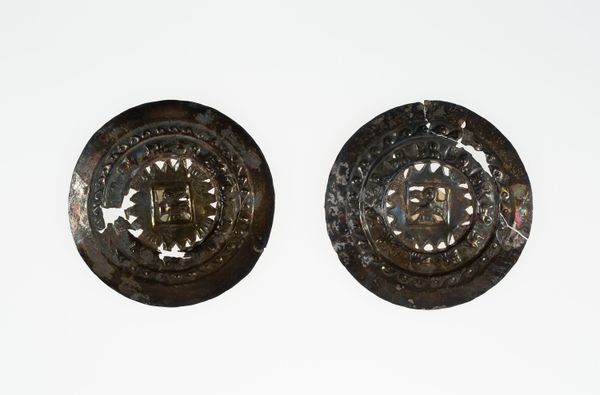
photography, albumen-print
#
portrait
#
16_19th-century
#
sculpture
#
photography
#
ceramic
#
albumen-print
Dimensions: 3 × 3 cm (each plate); 4.4 × 4.4 cm (case)
Copyright: Public Domain
Editor: Here we have an "Untitled" albumen print photograph, dating between 1855 and 1875, made by an anonymous artist. I find the duplicated, locket-like form really intriguing and rather haunting. What's your interpretation of this kind of intimate object? Curator: That feeling of intimacy you pick up on is key. Photography, especially in the mid-19th century, democratized portraiture. Consider the socio-political context: these aren't paintings commissioned by the elite. These lockets made portraits accessible, creating a potent form of personal and familial iconography for a wider public. Who do you think might have owned this? Editor: Maybe a family member… perhaps worn as a memorial after someone passed away? Was photography commonly used this way? Curator: Precisely. The rise of photography coincided with increasing industrialization and urbanization, leading to social disruptions. Objects like this helped maintain connections across distances and preserve memories amidst rapid change. Notice how the sitter gazes directly at the viewer. What impact do you think that had? Editor: It makes it feel even more personal, like they are making direct eye contact, even over time. Curator: Exactly. It underscores photography's power to collapse time and distance, fostering emotional bonds in an era of significant social transformation. We often see it on battlefields too, in the American Civil War, showing us both a romantic notion of remembering, and also the harsh realities. Editor: It’s interesting how such a small object carries so much social and historical weight. Curator: Indeed. It challenges our perception of art's function, revealing its pivotal role in shaping personal identities and collective memory. Editor: Thanks; that gives me a lot to think about!
Comments
No comments
Be the first to comment and join the conversation on the ultimate creative platform.
